
AeroGenie – Ihr intelligenter Copilot.
Trends
Categories
Onedot Aviation Completes Two-Year CRJ 200 Inspection for XEJET
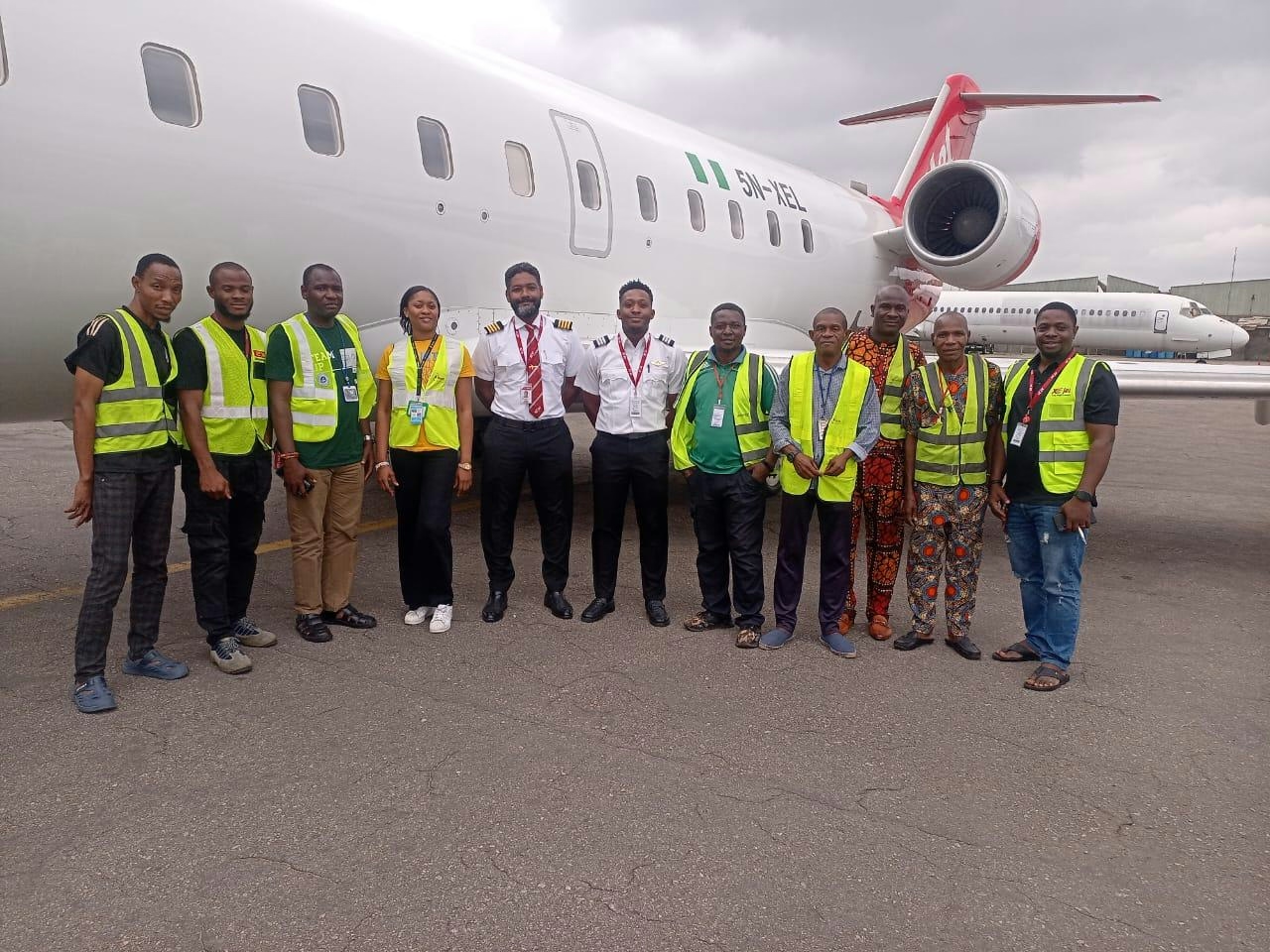
Onedot Aviation Completes Two-Year CRJ 200 Inspection for XEJET
Landmark Maintenance Achievement in Nigeria
Onedot Aviation has successfully completed a comprehensive two-year inspection on a CRJ 200 aircraft operated by XEJET, marking a significant milestone as the first major maintenance of this nature conducted within Nigeria. This accomplishment follows the company’s expanded approval from the Nigeria Civil Aviation Authority (NCAA) in February 2025, which authorizes Onedot Aviation to perform full base maintenance on Bombardier Challenger and CRJ series aircraft.
The inspection took place at Onedot’s Lagos hangar and involved detailed assessments of major structural components, system diagnostics, and cabin refurbishments. The aircraft completed its test flight on August 21, 2025, subsequently receiving its Certificate of Release to Service (CRS), confirming its airworthiness.
Strategic Implications for Nigerian Aviation
Dotun Henry Ogunyemi, CEO of Onedot Aviation, underscored the broader significance of this project for both the company and Nigeria’s aviation sector. He described the maintenance of XEJET’s CRJ 200 as a milestone that demonstrates Onedot’s capability to undertake complex assignments efficiently without compromising quality. Ogunyemi emphasized the company’s long-term vision to become a leading maintenance provider in the region, aiming to curb capital flight by delivering services locally that previously necessitated sending aircraft abroad.
The expanded NCAA approval enhances Onedot’s operational scope beyond its existing certifications in wheels and brakes, non-destructive testing, battery maintenance, and sheet metal repairs. This development addresses a critical gap in Nigeria’s Maintenance, Repair, and Overhaul (MRO) ecosystem, offering operators the potential to reduce costs, minimize aircraft downtime, and bolster confidence in local technical expertise.
Industry Context and Competitive Landscape
The aviation industry has welcomed Onedot’s achievement as a positive step toward strengthening Nigeria’s MRO capabilities and reducing dependence on foreign maintenance facilities. Nonetheless, the company’s success emerges amid a competitive charter market facing challenges such as intensified competition, evolving taxation and tariff structures, and difficulties in attracting and retaining skilled personnel.
Market analysts observe that while in-country inspections like Onedot’s can lower operational costs and downtime, they may also invite scrutiny regarding their necessity and expense. Operators must balance investments in maintenance against other priorities, including fleet modernization and operational efficiency. Competitors are likely to respond by enhancing their own maintenance offerings or adopting alternative strategies to capture market share.
As the sector evolves, Onedot Aviation’s ability to deliver high-quality and timely maintenance services could become a key differentiator. However, sustaining this advantage will require navigating industry pressures and maintaining technical excellence to establish itself as a premier MRO provider in West Africa.
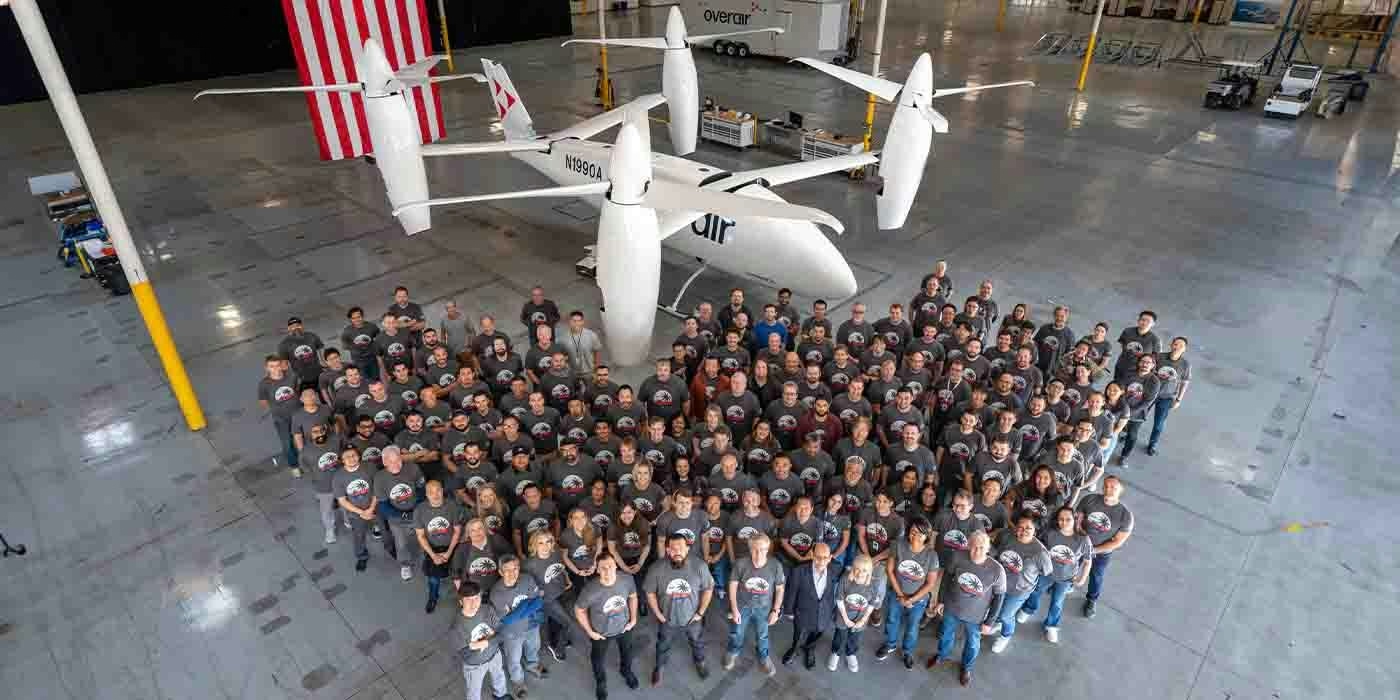
Unique mixed-propulsion eVTOL completes transition flight testing
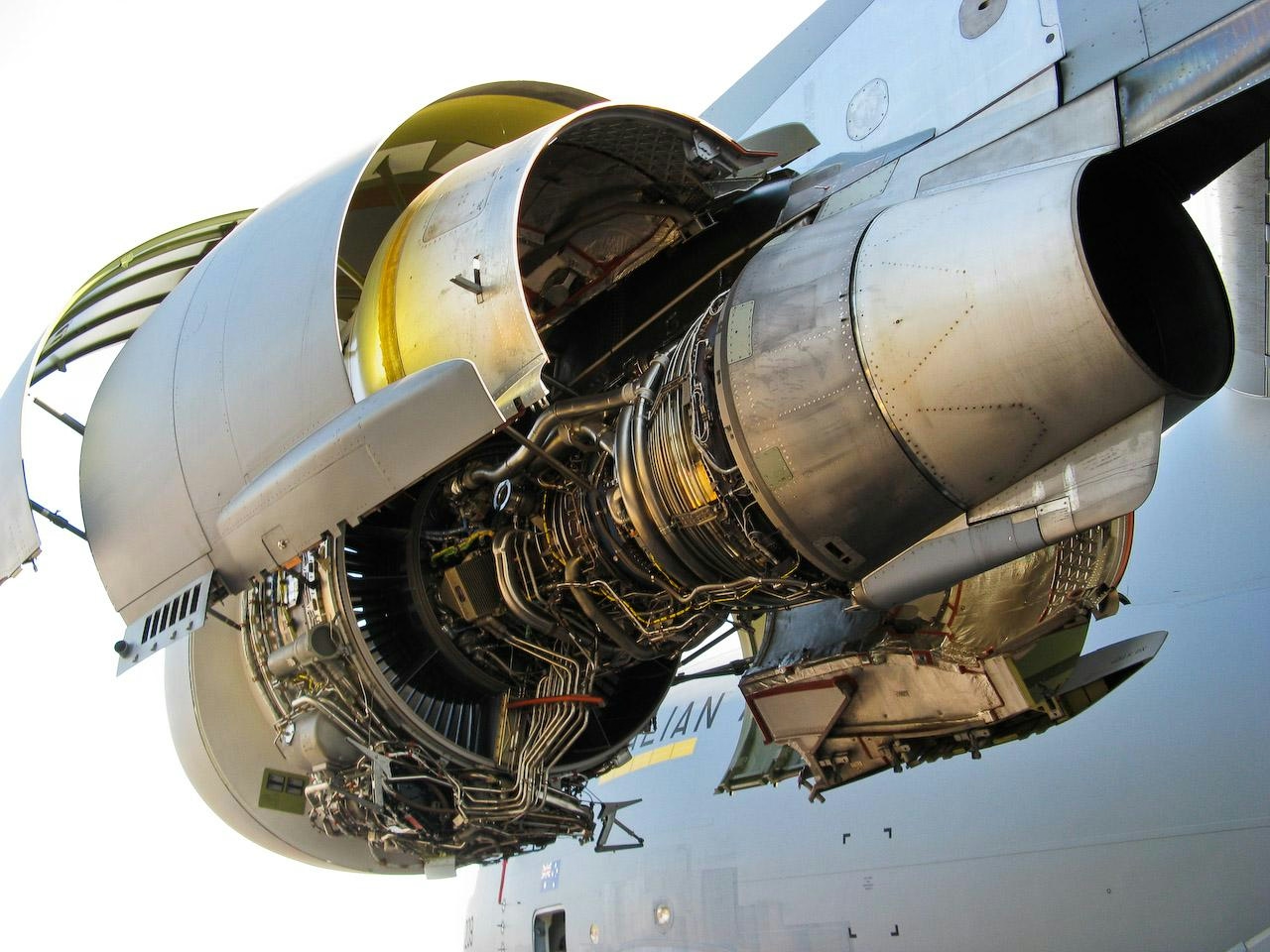
Are C-17 Globemaster Engines Derived from Boeing 757?
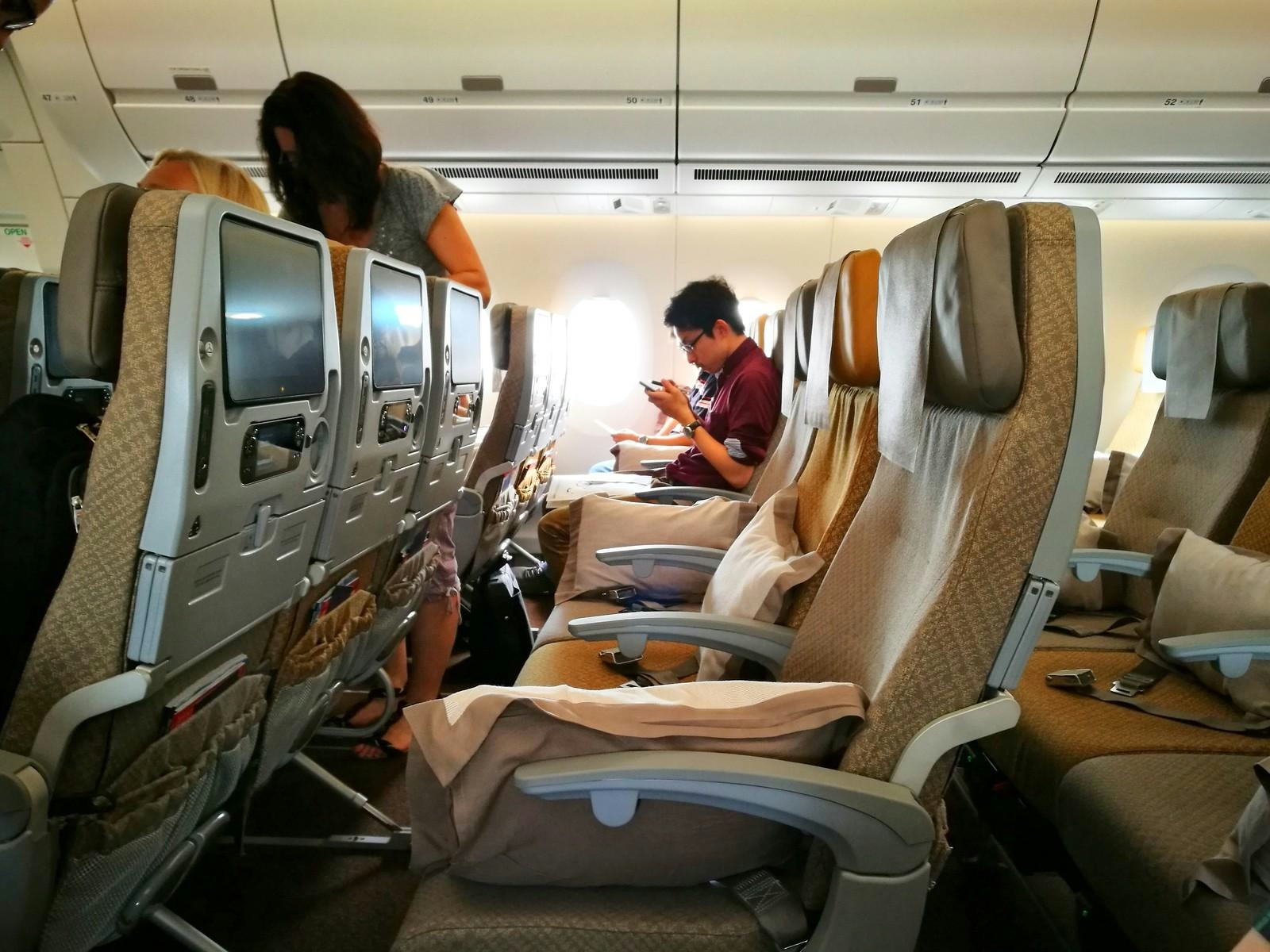
Why the Airbus A350’s Cabin Is Quieter Than Other Aircraft
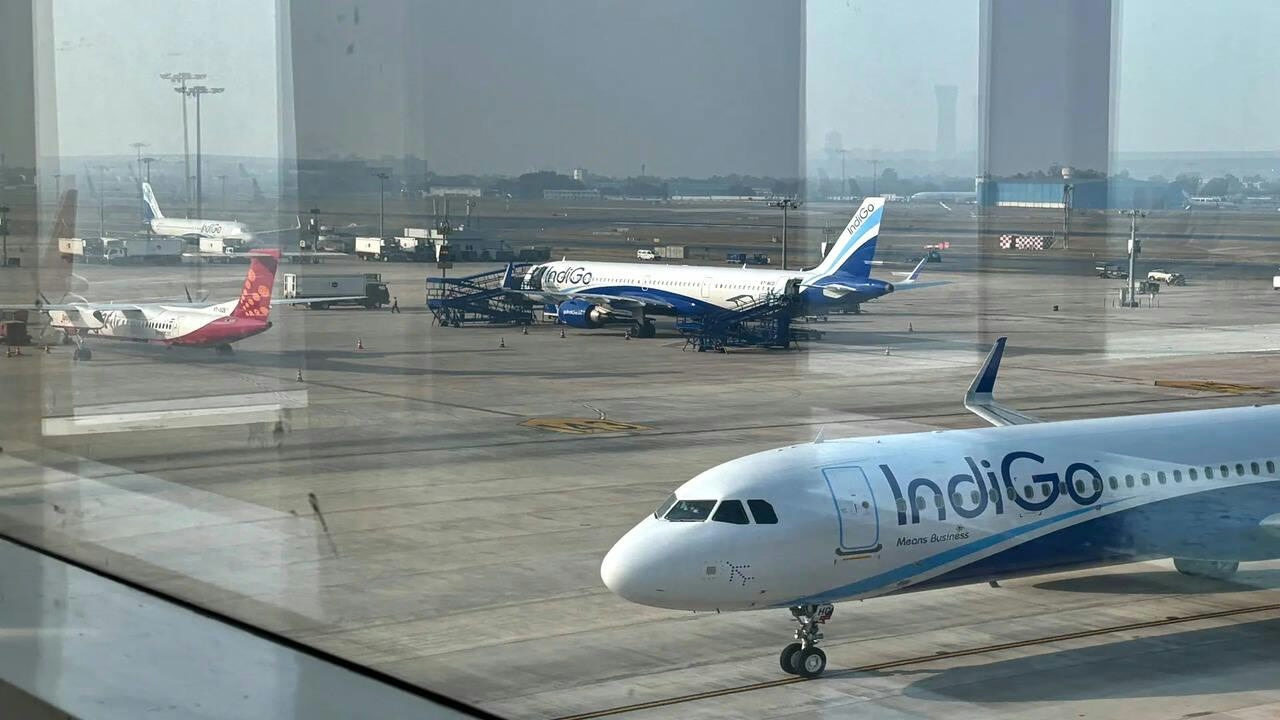
AI and AI Express Plan to Increase Capacity Amid IndiGo Flight Disruptions
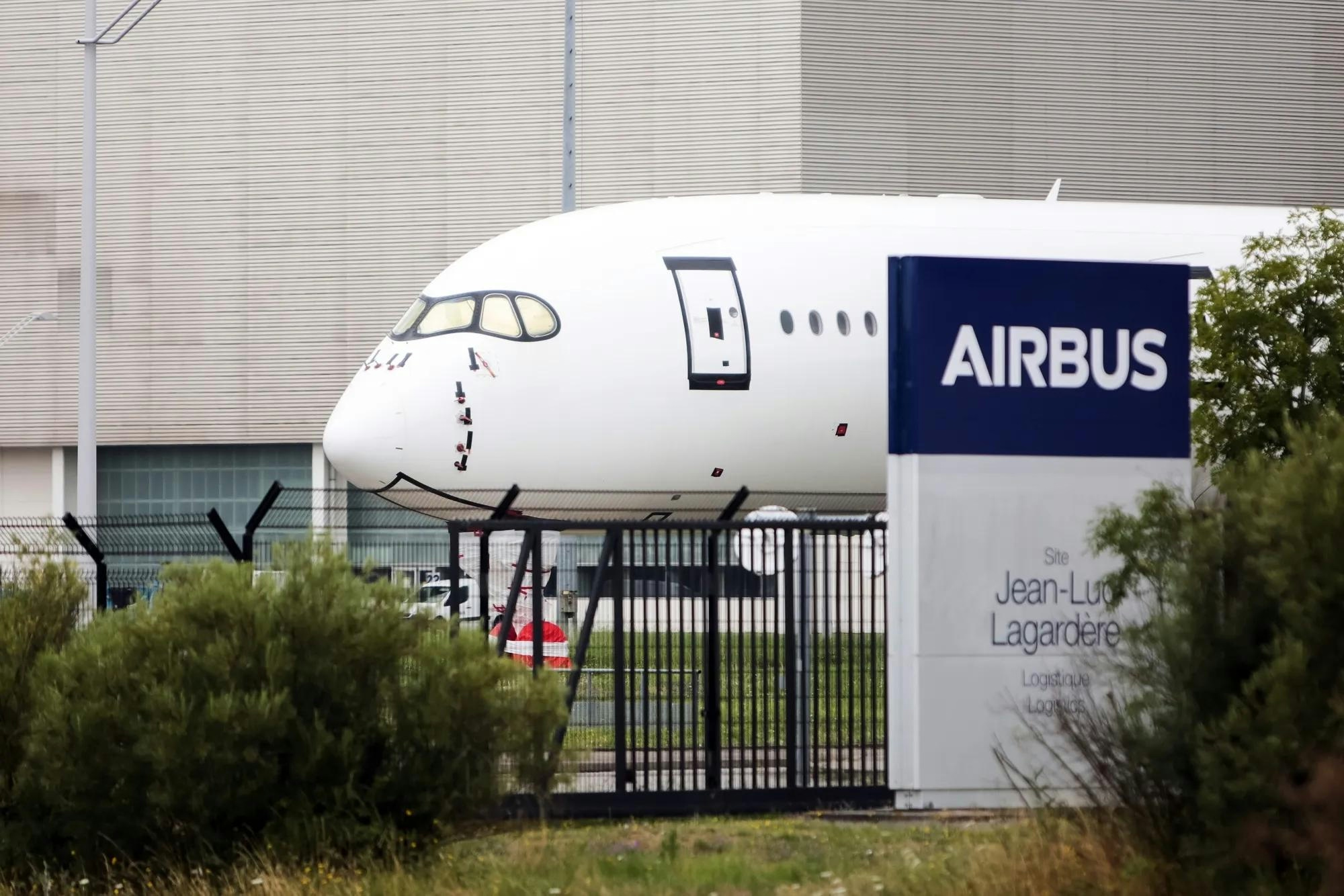
Kazakhstan and France Agree on Airbus Aircraft Deliveries
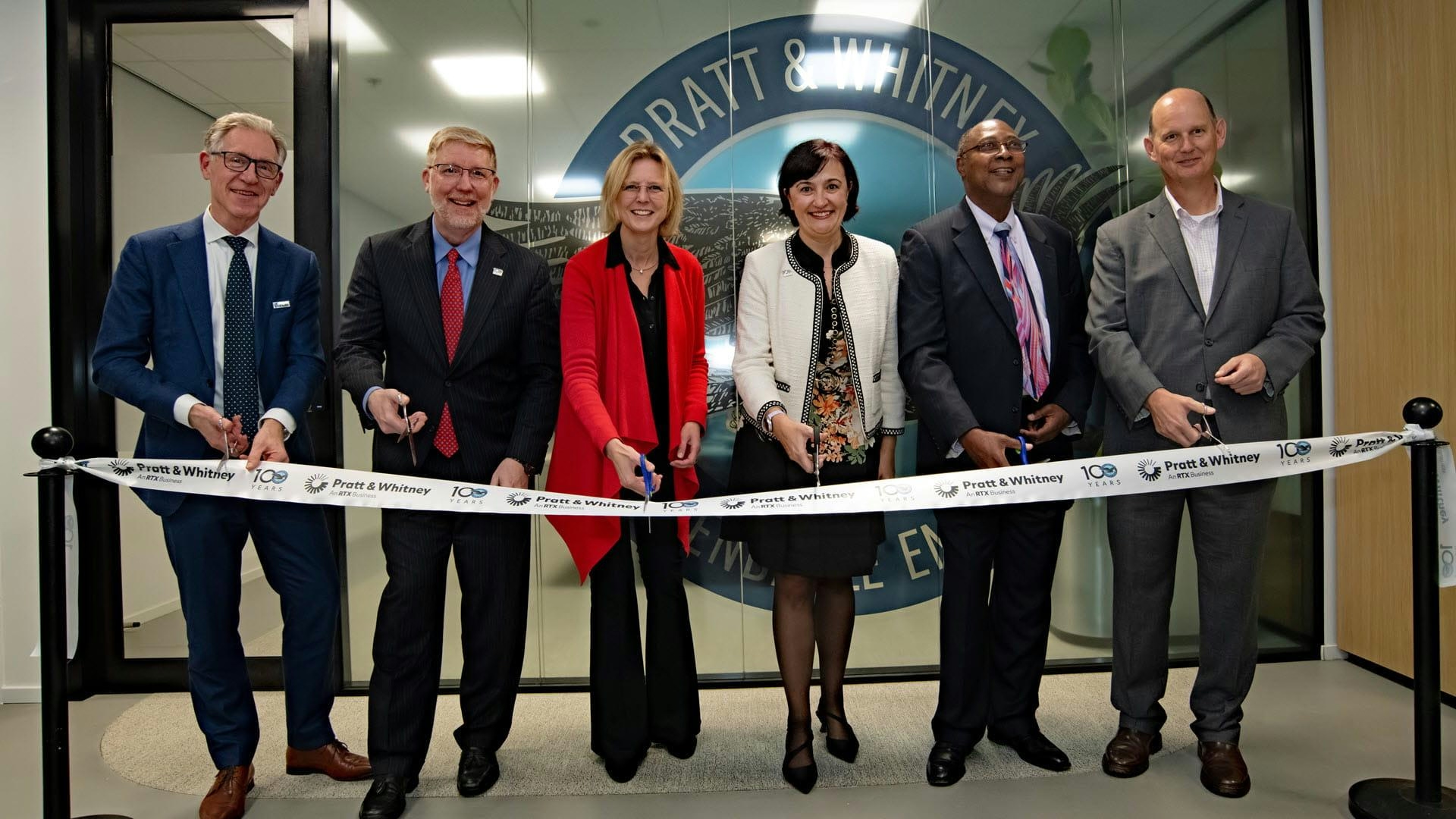
Europe’s Emerging Talent Drives Aviation Innovation
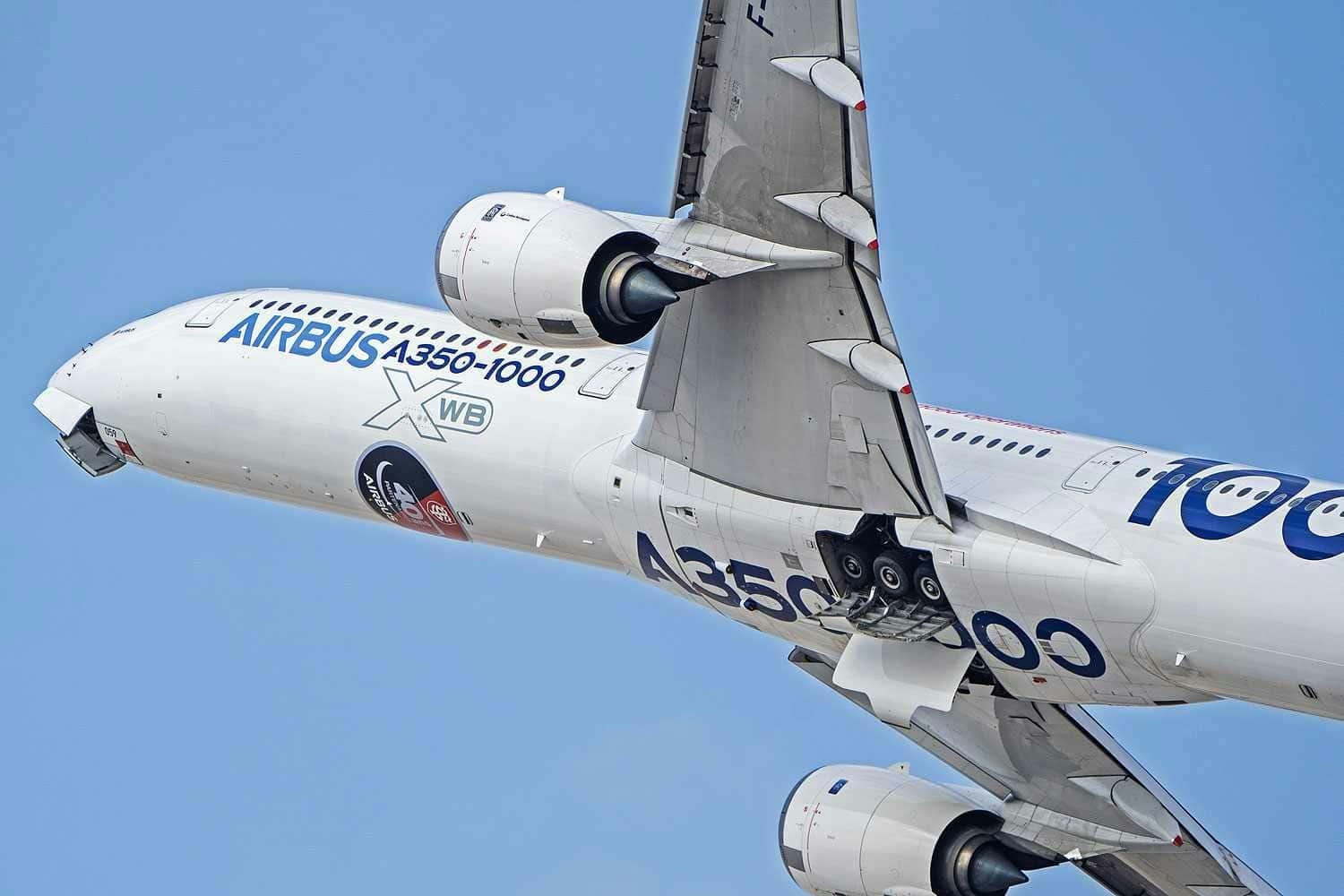
Airbus Receives New Order for A350-1000
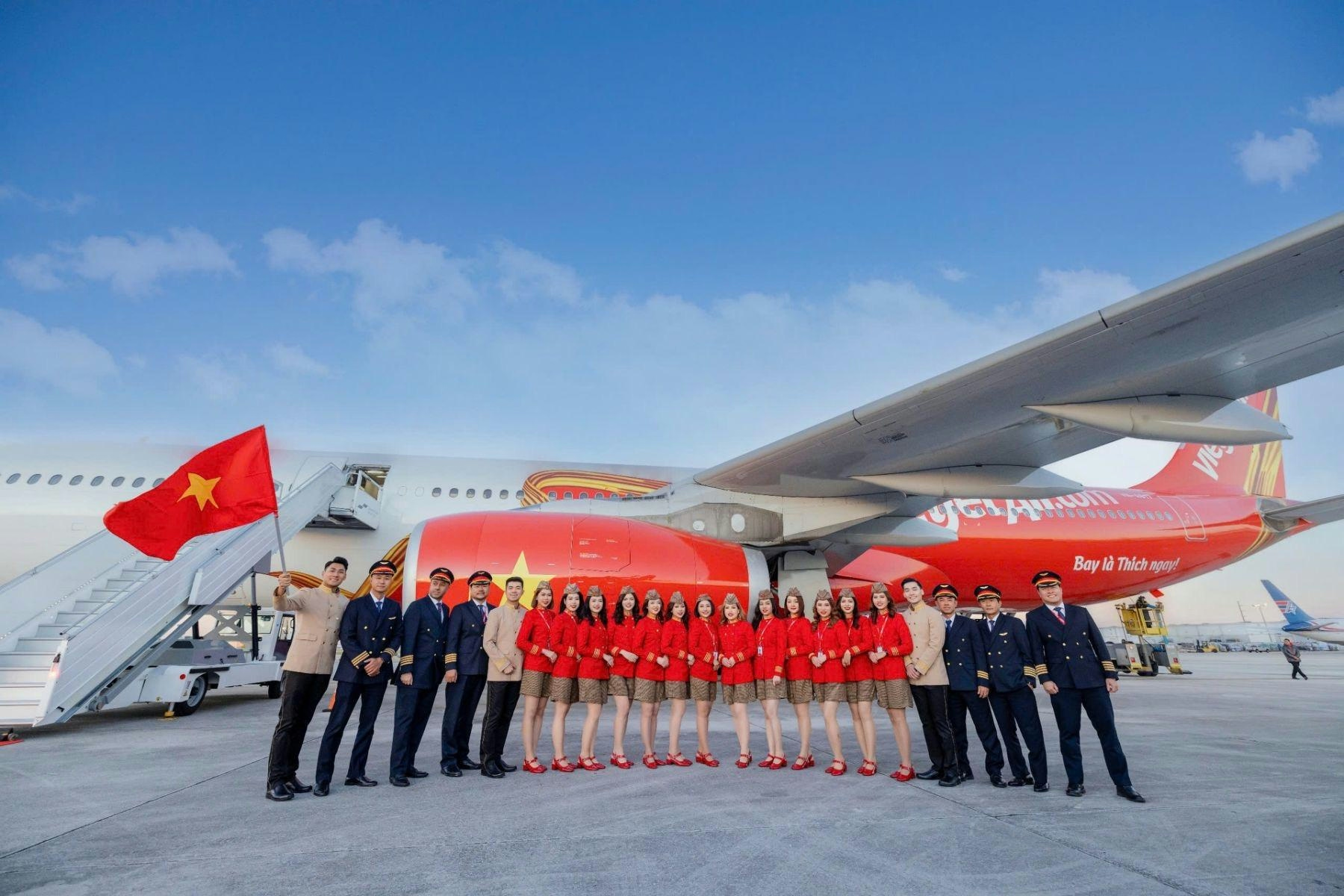
The Leading Widebody Aircraft in Service Today
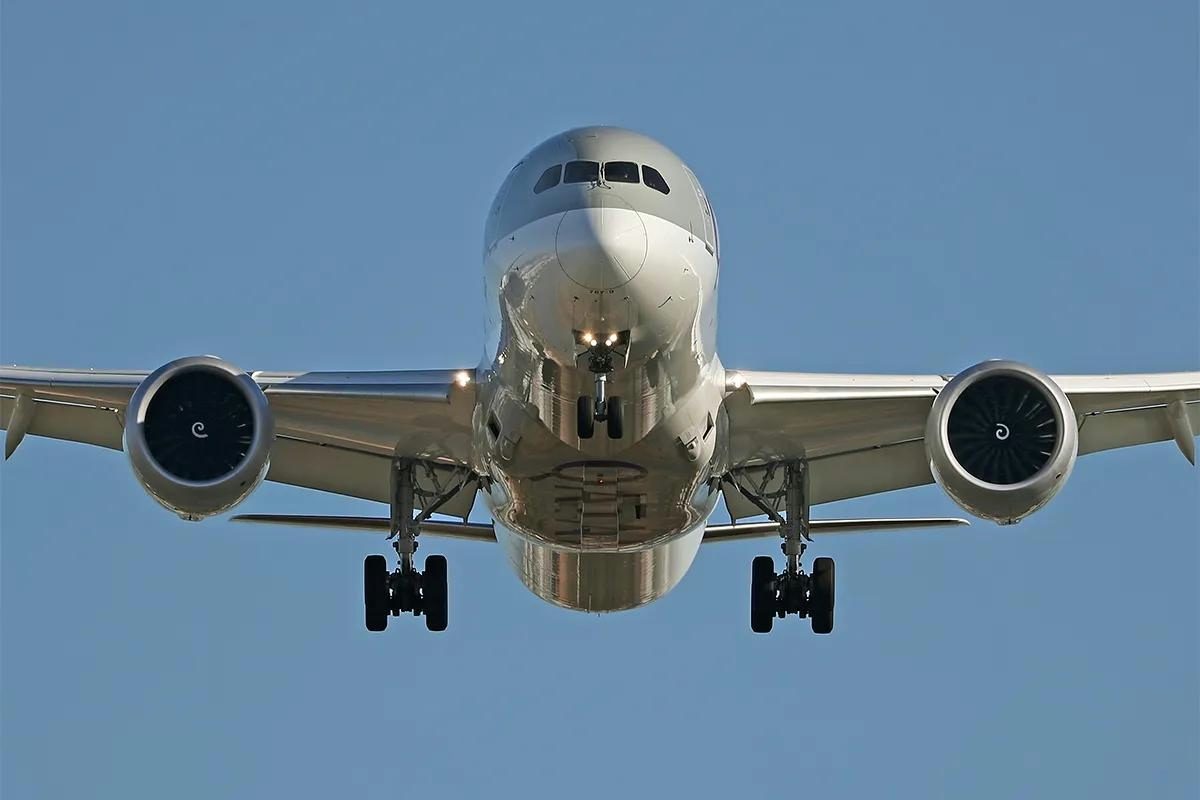
The Fastest Boeing Jet Currently in Service
